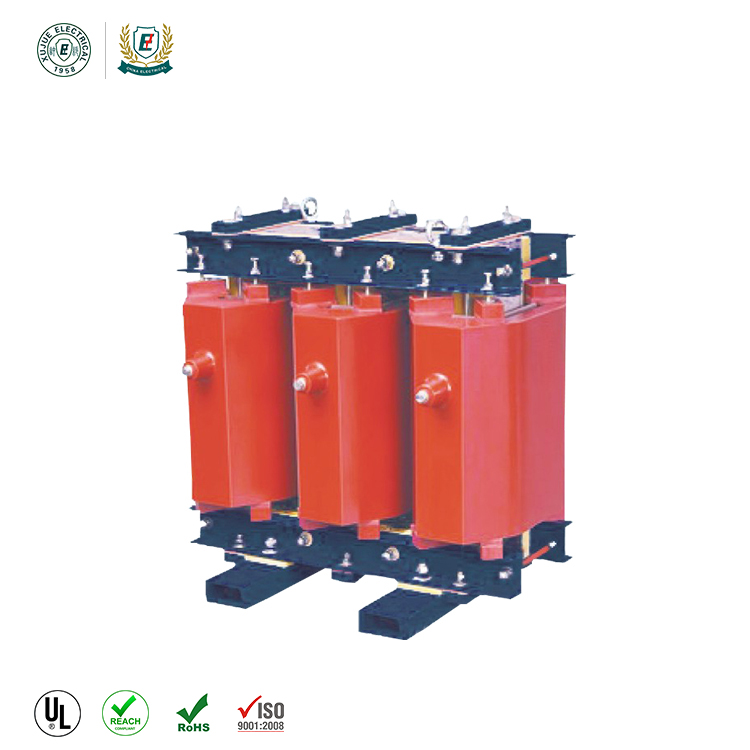Transformer Insulation Grade and Technical Parameters
The insulation of the transformer can be divided into two parts: main insulation and longitudinal insulation. Main insulation refers to the insulation between windings to ground, between phases and between phases, in phase and between different voltage levels. Longitudinal insulation refers to the same winding of the same voltage level, the insulation between different parts, such as interlayer, turn, insulation between the winding and the electrostatic screen.

The main insulating materials inside the transformer are transformer oil, insulating paperboard, cable paper, and insulated crepe paper. In the past, yellow paint strips and tapes were used, which have been replaced by new materials.
1. Insulation grade refers to temperature, and there are A, B, E, F, H, C. The transformer has Class A and the maximum operating temperature is 105 degrees. This is the oil change. The dry change has Class F (epoxy resin) with a maximum operating temperature of 155 degrees. There are also dry-type transformers of Class H (maximum operating temperature of 180 degrees) and Class C (maximum allowable operating temperature of 220 degrees) made of DuPont’s NOMEX insulation material. E and B are used to make motors. This temperature is determined by the insulating material.

2. Insulation level: refers to the ability of the transformer to withstand external high voltage, such as AC (power frequency withstand voltage), LI (lightning shock) and so on. There are also induction withstand voltages, which have clear national standards.
The longitudinal insulation of the transformer includes three parts: turn-to-turn insulation, interlayer insulation, and inter-segment insulation. In the longitudinal insulation design, we need to consider the various voltages and their gradient distribution acting on the longitudinal insulation; the process degree in the process of manufacturing the windings of the transformer; the mutual influence between the windings under special circumstances; the longitudinal insulation on the main insulation Influence, the effect of the size of the oil gap between the segments on the heat dissipation, and so on.